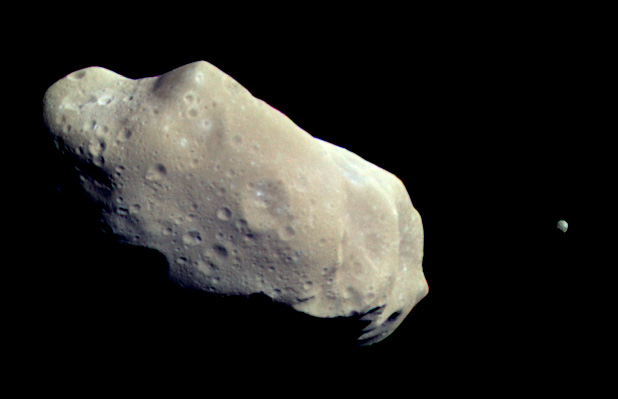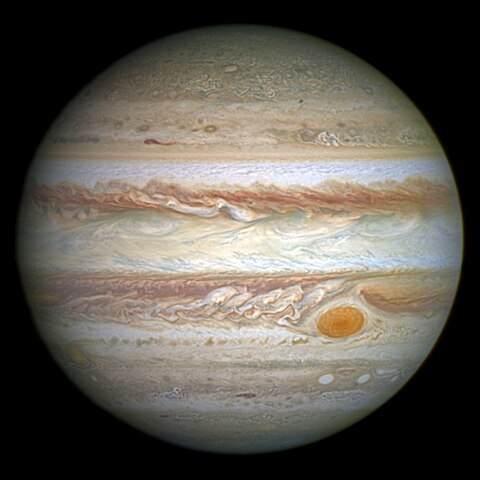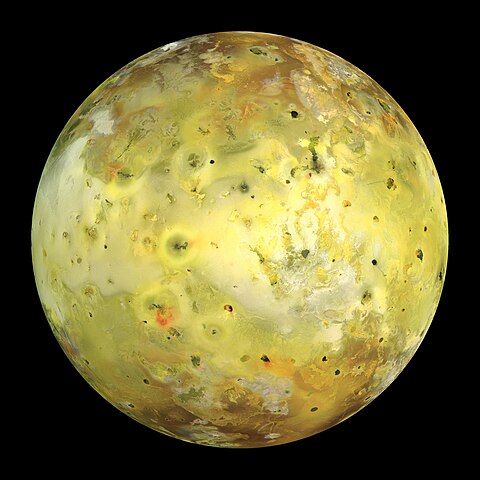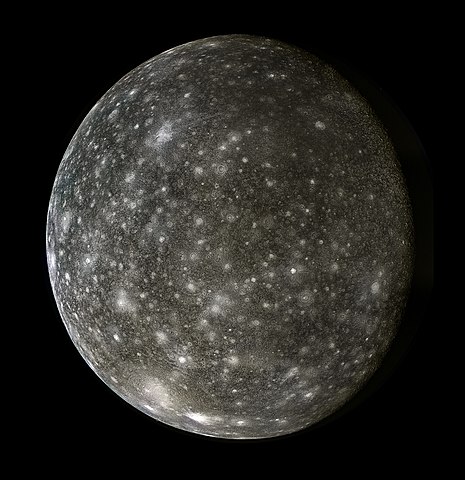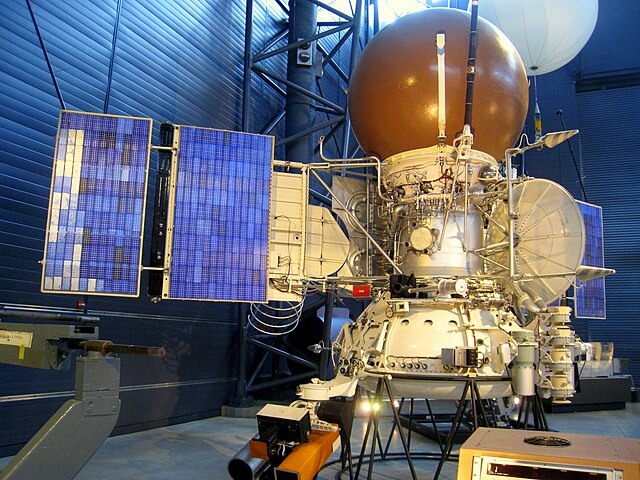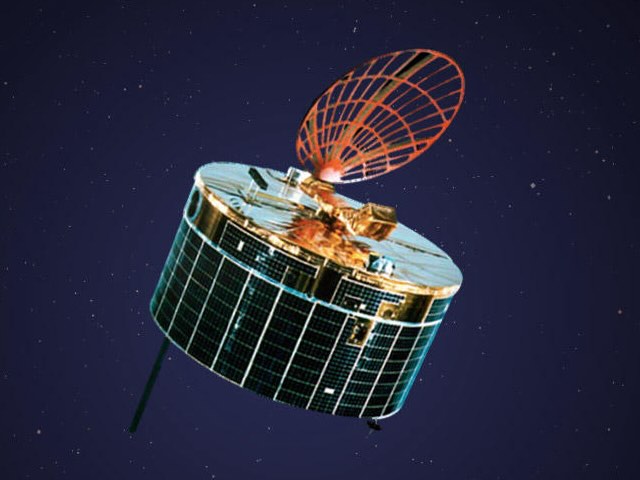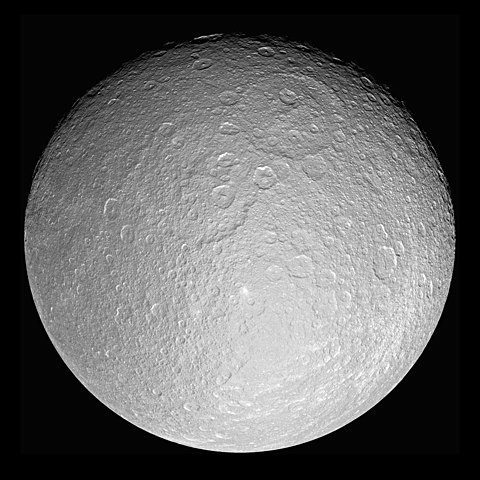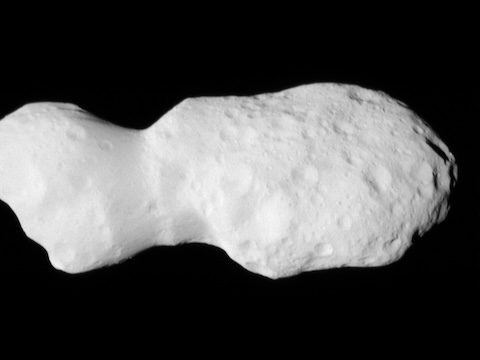1 day / second
0.5 AU
Galileo
Spacecraft
An ambitious NASA spacecraft that explored Jupiter and its moons from 1995-2003, making numerous discoveries about Europa's subsurface ocean and Io's volcanoes before deliberately plunging into Jupiter's atmosphere.
Key Facts
organization | NASA |
orbital regimes | Asteroid Belt Outer System |
learn more | Wikipedia |
launched | 1989-10-18 |
decommissioned | 2003-09-21 |
launch mass | 2,560 kg |
power | 570 watts |
Mission Timeline
Launched
October 18, 1989 at 16:53 UTC
951 Gaspra
Flyby
On October 29, 1991, Galileo became the first spacecraft to encounter an asteroid when it flew within 1,600 kilometers of Gaspra, capturing detailed images of its irregular, cratered surface.
243 Ida
Flyby
During its flyby on August 28, 1993, Galileo captured detailed images of the asteroid Ida from a distance of 2,400 kilometers, revealing it to be an S-type asteroid with an unexpected companion moon later named Dactyl.
Jupiter
Orbiter
Galileo orbited Jupiter for nearly eight years, conducting 35 flybys of the Jovian moons, discovering evidence of subsurface oceans on Europa, and studying the planet's atmosphere until its deliberate destruction in Jupiter's atmosphere in 2003.
Io
Flyby
During its flyby of Io in 1995, Galileo discovered that the moon has a magnetic field and an iron-rich core, while also capturing unprecedented images of active volcanic plumes erupting from its surface.
Ganymede
Flyby
During its second Ganymede flyby on September 6, 1996, Galileo passed within 261 kilometers of the Jovian moon's surface, capturing high-resolution images and gathering data that revealed the presence of a magnetic field and possible subsurface ocean.
Callisto
Flyby
Galileo made its closest approach to Callisto on November 4, 1996, coming within 1,136 kilometers of the moon's surface and capturing detailed images of its heavily cratered terrain.
Europa
Flyby
Galileo performed detailed observations of Europa during multiple flybys in 1997, revealing strong evidence of a liquid water ocean beneath the moon's icy surface.
Decommissioned
September 21, 2003 at 18:57 UTC
After completing its mission studying Jupiter and its moons, Galileo was deliberately plunged into Jupiter's atmosphere on September 21, 2003, where it was destroyed to prevent any possibility of contaminating potentially habitable moons.


